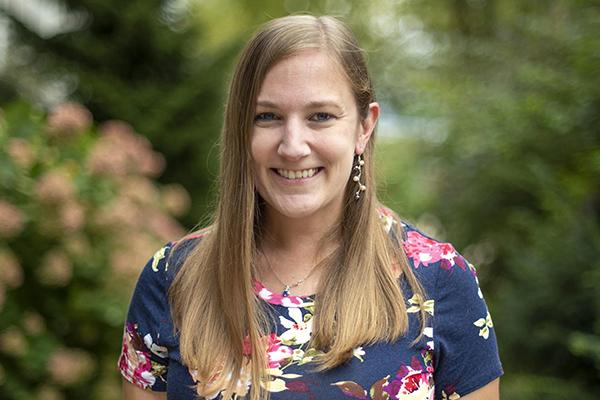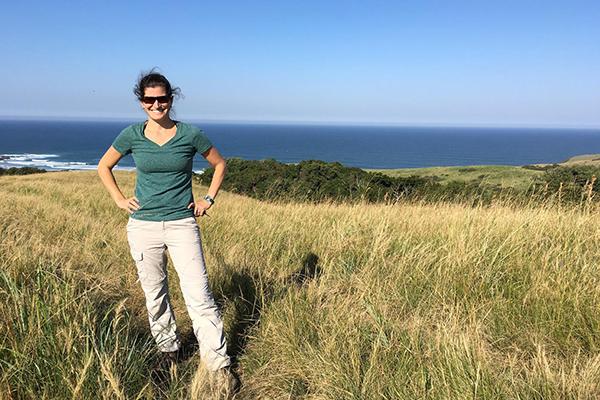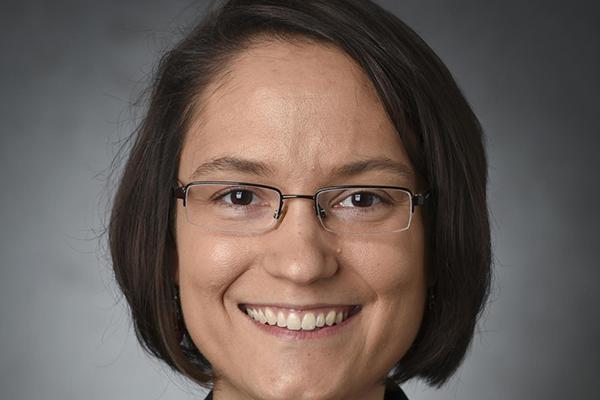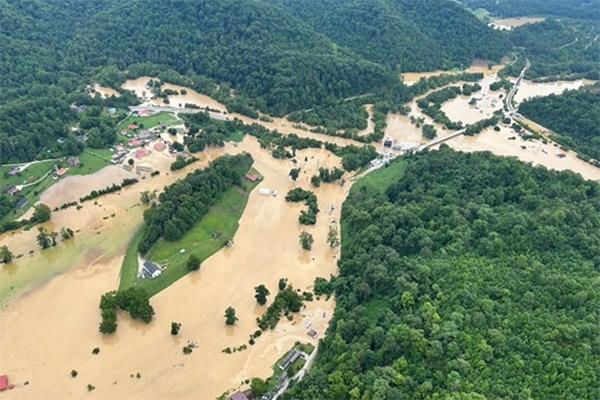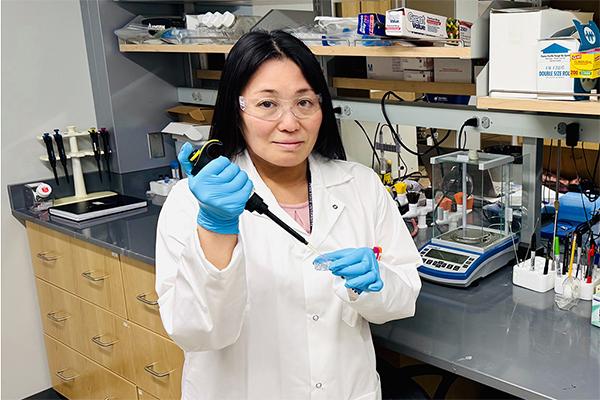As part of our regular “We Are!” feature, we recognize 17 Penn Staters, including one from the College of Earth and Mineral Sciences, who have gone above and beyond what’s asked of them in their work at the University.
Brandi Robinson, associate teaching professor in the College of Earth and Mineral Sciences, has received the 2025 Penn State Award for Community Engagement and Scholarship for her work on the Local Climate Action Program.
Jon Nese, teaching professor and associate head of the undergraduate program in meteorology and atmospheric science in the College of Earth and Mineral Sciences (EMS), is the recipient of the 2025 Undergraduate Program Leadership Award.
Erica Smithwick, distinguished professor of geography and ecology in the College of Earth and Mineral Sciences, is the recipient of the 2025 W. LaMarr Kopp International Achievement Award.
Five University faculty members, including one from the College of Earth and Mineral Sciences, have received 2025 Faculty Scholar Medals for Outstanding Achievement.
The 2025 Richard E. Tressler Lecture in Materials will be held at 3:05 p.m. Tuesday, April 15, in 101 Agricultural Sciences and Industries Building on the Penn State University Park campus. Arthur Martin, vice president of research and development for North America at Arkema, will deliver the lecture, “Arkema: Innovative Materials for a Sustainable World” and receive the 2025 R.E. Tressler Award.
A group of 17 academic leaders from across Penn State recently completed the 2025 Excellence in Academic Leadership (EAL) program — an experience designed to strengthen leadership effectiveness and support ongoing professional growth.
Readily available but underused Doppler radar data can help predict the height of the planetary boundary layer — the lowest part of the atmosphere and where weather forms — and, in turn, improve severe weather forecasts, according to scientists at Penn State.
Chen Zhen, Georgia Athletic Association Professor in Food Choice, Obesity and Health Economics in the Department of Agricultural and Applied Economics at the University of Georgia, will give the talk, “Introducing a Public-Use Food Price Database: With an Application to Estimating the Health Care Cost of Sugar-Sweetened Beverage Consumption.” The talk is scheduled for noon on Wednesday, April 16, in 157 Hosler Building at Penn State University Park.
Special biomedical materials that can be injected as a liquid and turn into a solid inside our bodies — called thermogels — could provide a less-invasive way to deliver drugs or treat wounds.



